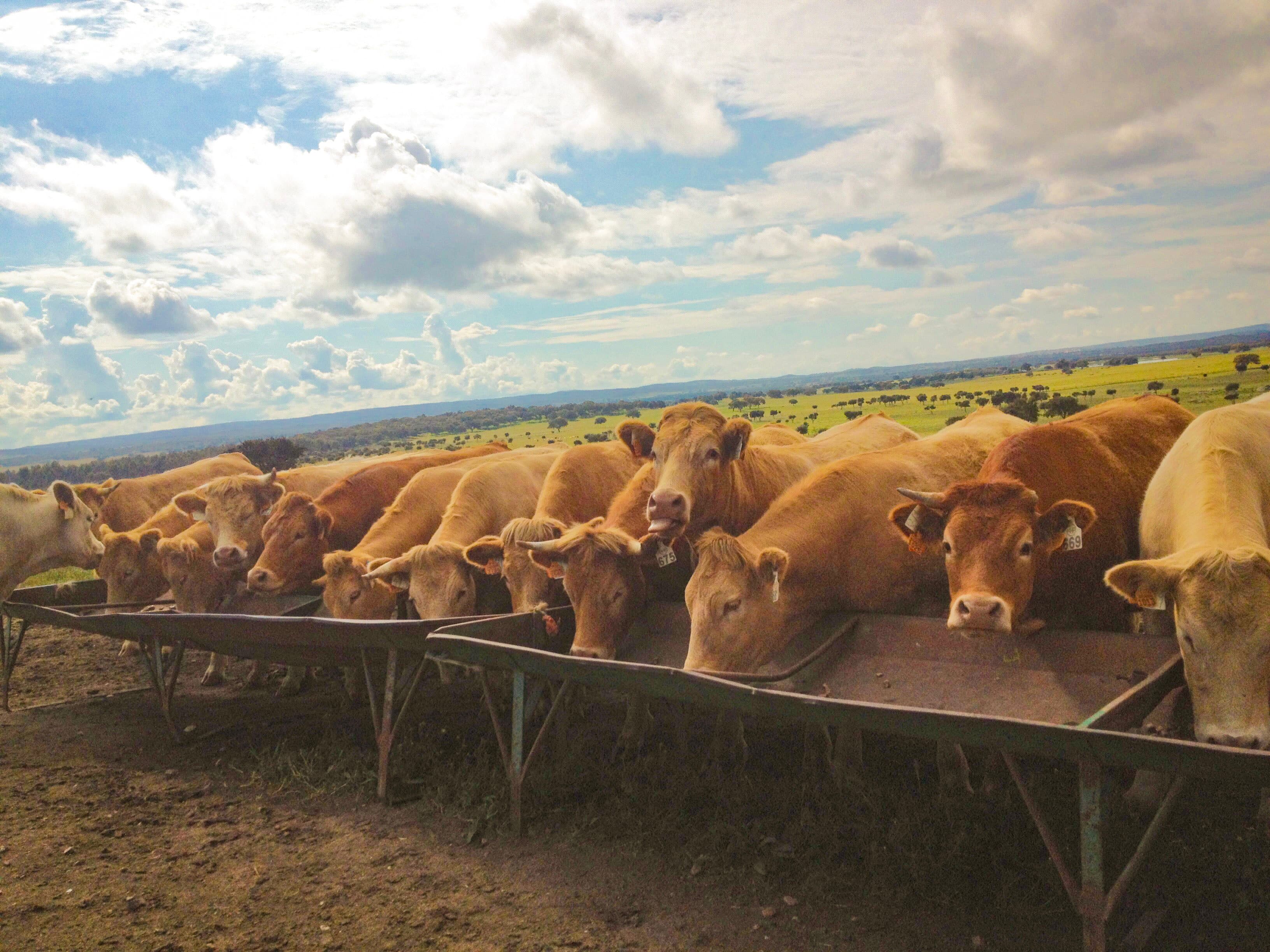Key Takeaways:
- Recent analysis shows a 3.28% increase in emissions from leading meat and dairy firms.
- The livestock sector significantly contributes to global greenhouse gases, at 14.5%.
- Only four of the top 20 companies have set science-based net-zero targets.
- Disclosure of comprehensive emission data remains limited among industry players.
Persistent Emission Increases
As the world gears up for the pivotal climate discussions at COP28 in Dubai, a concerning trend has emerged within the meat and dairy sector. An analysis of emissions data from 20 of the largest publicly traded meat and dairy companies has revealed a year-on-year increase in disclosed emissions of 3.28%. This rise is particularly alarming given the livestock industry's substantial role in global greenhouse gas emissions, estimated at around 14.5%.
Varied Industry Responses
The FAIRR investor network's analysis points to a mixed response from the industry. While some companies, including Tyson Foods in the US and Danone in France, have reported reductions in their emissions, these positive steps have been negated by increases from other sector giants. These companies are integral parts of the supply chain for global brands like Walmart and McDonald's, highlighting the widespread impact of their emissions.
Climate Commitments and Transparency
The report underscores a significant gap in climate commitments across the sector. Out of the 20 companies analyzed, only four have established net zero targets approved by the Science-Based Targets Initiative (SBTi), indicating a lack of rigorous climate action plans. Moreover, transparency remains an issue, with only 40% of these companies disclosing Scope 3 emissions, which account for a considerable portion of the industry's carbon footprint.
The Coller FAIRR Protein Producer Index
The insights are derived from the sixth annual Coller FAIRR Protein Producer Index, which assesses 60 publicly-listed animal protein producers, collectively valued at $364 billion as of March 2023. The index evaluates these companies against ten ESG-related factors and is an essential tool for FAIRR's investor members, who manage $70 trillion in assets. The full report, which provides a comprehensive analysis of the industry's ESG performance, is available upon request.
Looking Ahead
The increase in emissions from the meat and dairy sector poses a significant challenge to global climate goals. As stakeholders prepare for COP28, the pressure mounts on these companies to implement more robust climate strategies and enhance their reporting practices. Investors, consumers, and policymakers will be watching closely to see how the industry responds to the growing demand for sustainability and whether it can align with the broader objectives of the Paris Agreement.
Photo by José Guimarães on Unsplash



1 Comment